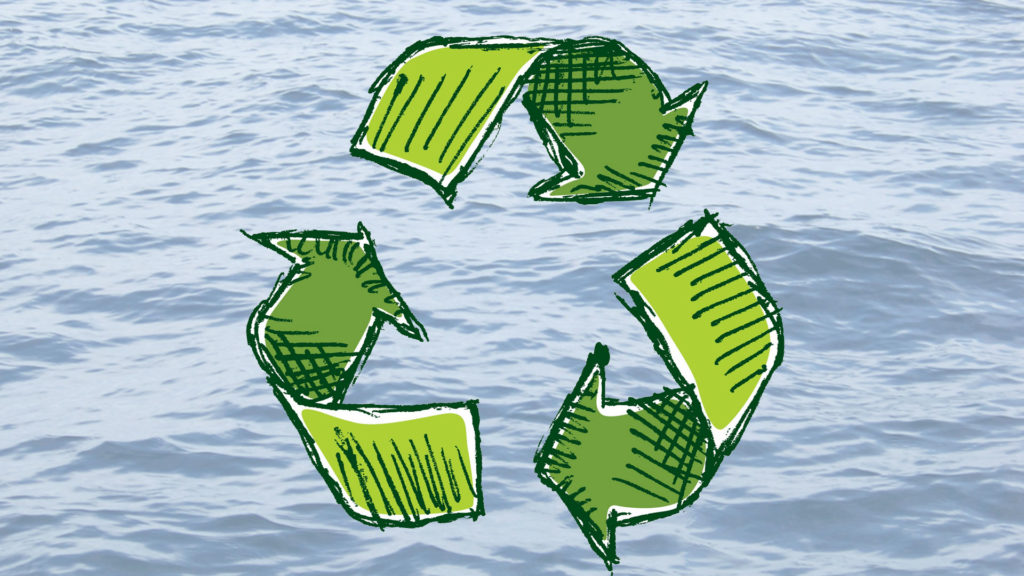These days, it’s even more important than ever to do your part to help the environment. Living a green life and recycling on a daily basis at home is a great way to do it. If you are a beginner, you may wonder how to get started, but there are plenty of easy things you can do that will quickly become second nature. Here are a few things you can do at home so that the entire family can get into the practice of recycling.
Reduce, Reuse, Recycle
The three Rs, “Reduce, Reuse, Recycle” should become a mantra for your household. You can do your part to reduce the amount that you consume, which can help to conserve certain products. For instance, if you normally buy a carton of plastic water bottles every month, you might want to consider instead using a glass bottle or large hard plastic bottle for your drinking water instead. You can reuse the bottle for your water by keeping it clean and refilling it as needed and stop buying plastic water bottles in bulk. If you still have plastic water bottles at home that you no longer use, you can recycle them.
Learn What You Can and Cannot Recycle
Of course, it’s important to learn what you can recycle and what cannot be recycled. Read up on the rules in your area to determine that you aren’t recycling the wrong items. For example, some people make the mistake of thinking they can toss plastic bags in their plastic recycling containers. However, the rule is hard plastic and bags are not to be put in the recycling bin. Many supermarkets and even some department stores accept plastic bags for recycling, so take them there instead. Similarly, certain types of batteries can be recycled, but others cannot. Educate yourself on the different types so that you can get rid of them the right way.
Set Up a Bin System
Set up a bin in your home in a place for general recycling. You can use an old plastic tub you no longer use as your bin. Introduce this bin to everyone in the family and instruct them to toss their recycling in it. You can have your mixed recycling items in the bin and later separate plastics and metals from papers when you are ready to put out your recycling containers for pickup.
Become a Waste Stream Analyst
Becoming a waste stream analyst is one of the best ways to get a better understanding of the types of materials that come into your home. Take a week or month to go over the different waste categories you have at home. Separate by recyclable plastics, reusable materials, aluminum, organic compost and landfill waste. Get your kids involved in this project. It can help to minimize the amount of items that go to the landfill.
Empty Printer Cartridges
It can often be confusing as to what you should do with old printer cartridges. They are recyclable, but you should avoid placing them in your standard recycling bin. Like cell phones, computers and batteries, there is a special procedure for recycling printer cartridges. Check local stores in your area to see if they will accept your old cartridges for recycling.
Sometimes, you can have your empty printer cartridges refilled for reuse. However, it depends on the manufacturer, so you might want to contact it to learn whether you can have them refilled.
Recycle Your Water
Another great way to recycle is to have your plumbing changed in a way that allows rainwater or wastewater from your tub and shower be used to flush the toilet. You can also use leftover dishwashing water or bath water to water your garden. If you choose this option for water recycling, it’s important that you use biodegradable soap.
Compost
Set up a compost in your garden to recycle your greenery. Many homeowners are doing this because it allows plant substances to naturally decompose back into the earth. When you compost food scraps, your kitchen garbage can won’t smell and will take longer to fill.
These are some of the best ways to incorporate recycling into your home and everyday routine. These tips may even give you additional ideas for being more eco-friendly.
By Bob Gorman

